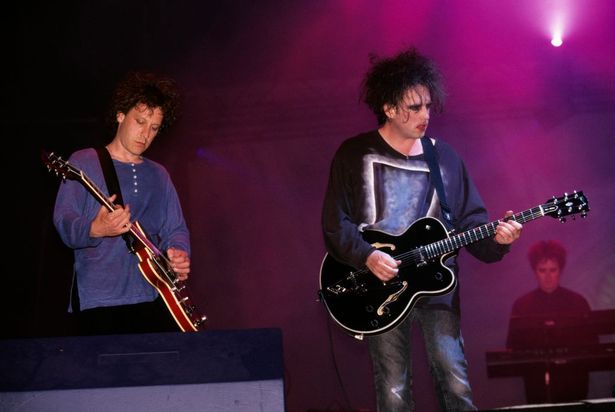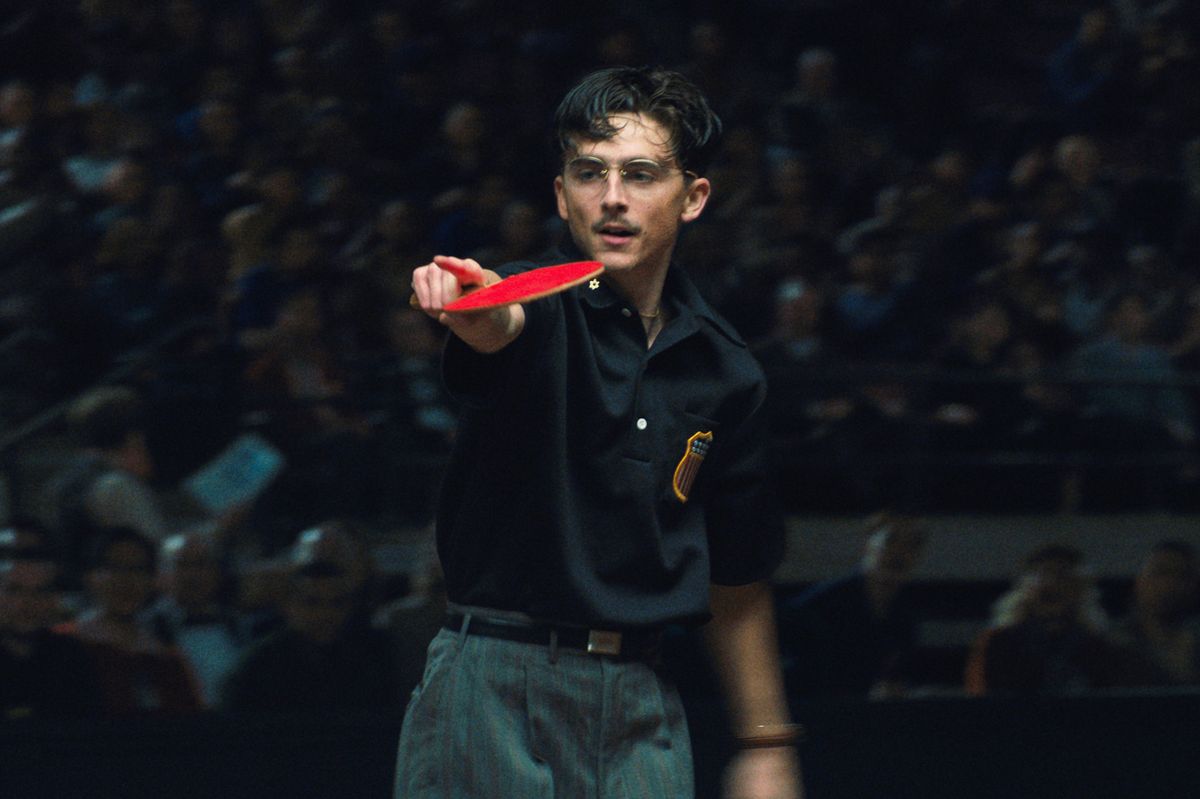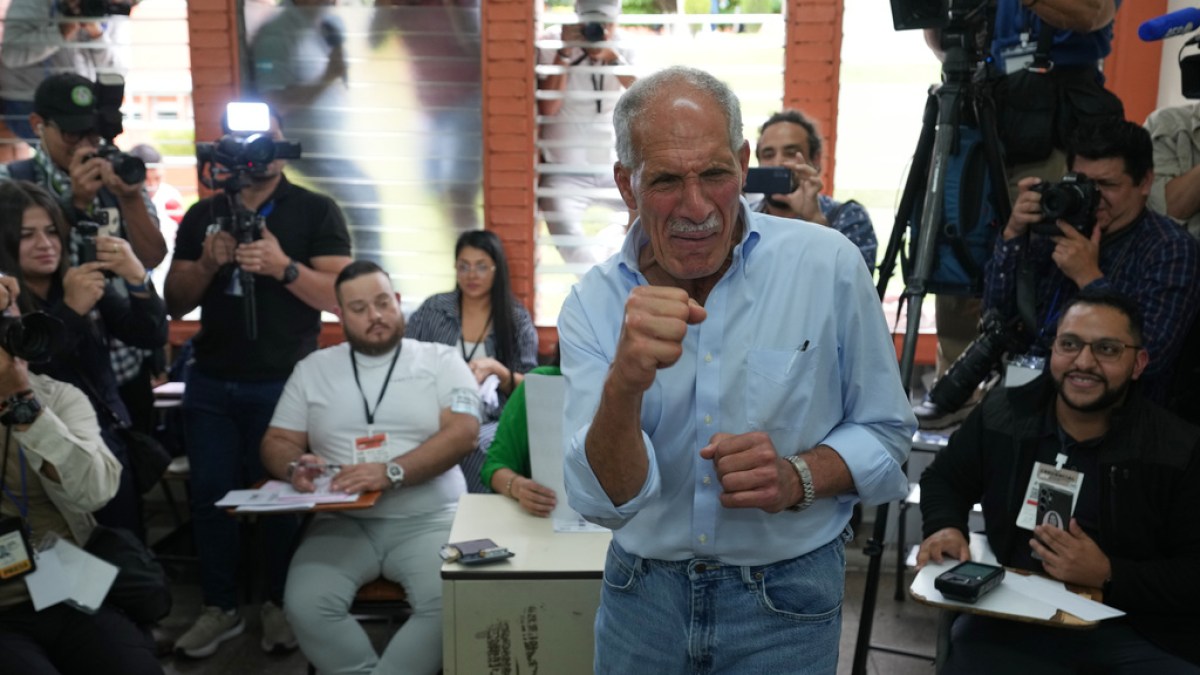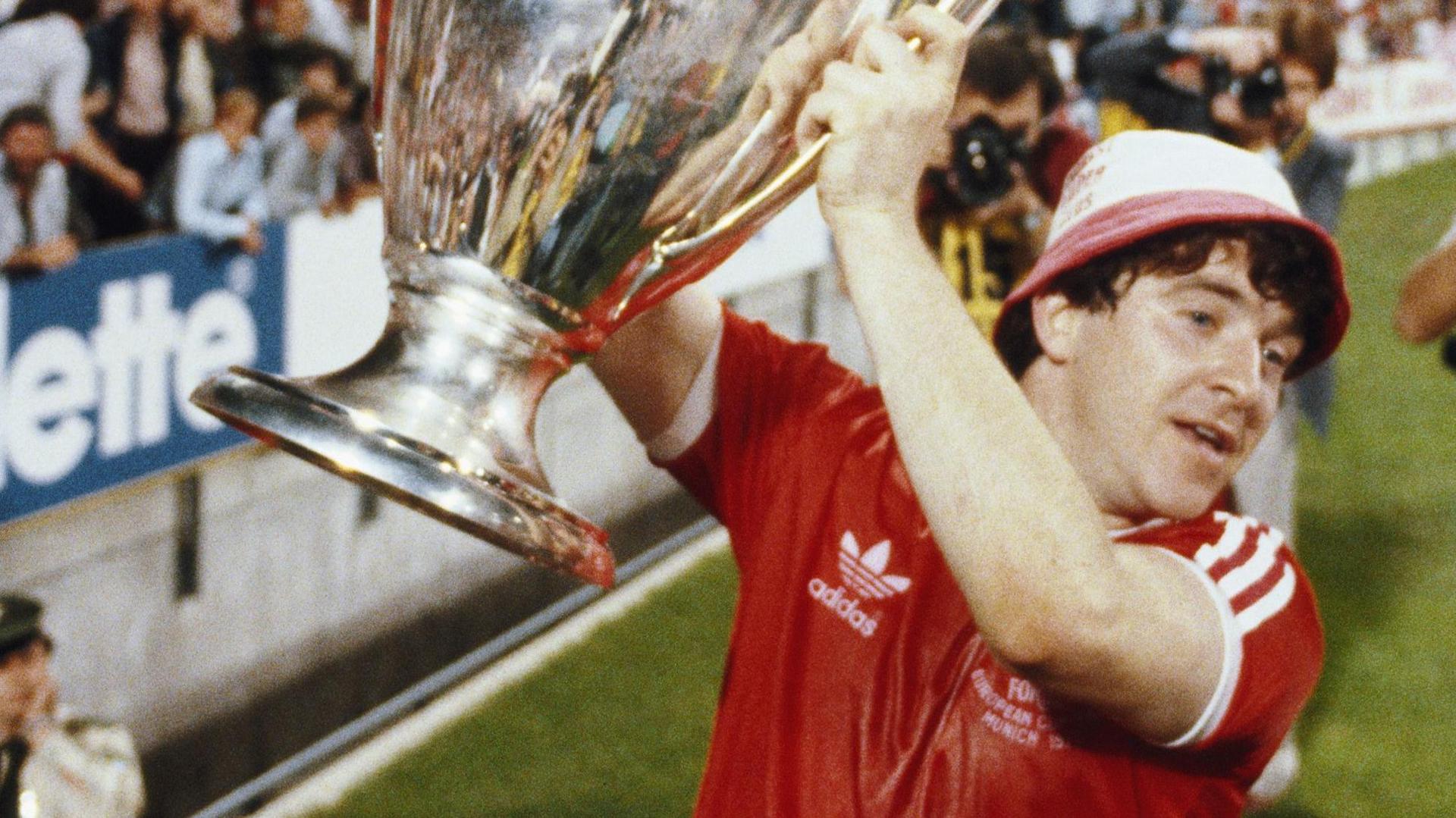
The successful completion of Phase 1 of the Lagos–Calabar Coastal Highway, Section 2 of the $ 1.26bn financing deal, according to President Bola Tinubu, is hailed as a significant boost to Nigeria’s infrastructure drive.
The Federal Ministry of Finance, the Ministry of Works, and the Debt Management Office all worked together to secure the funding, according to a statement from the President on Friday.
Onanuga emphasized the road’s transformative potential and noted that the milestone would guarantee the project’s unbroken progress.
One of President Bola Tinubu’s best gifts to Nigeria is the Lagos–Calabar Coastal Highway. When the Tinubu administration completes the road, “those who have condemned this historic project will be ashamed of themselves,” said Onanuga.
FG Temporarily Opens Section 1 of Lagos-Calabar Coastal Highway
Tinubu emphasized that the highway is still at the forefront of the government’s economic and infrastructure agenda and that the financing milestone demonstrated his administration’s commitment to exploring novel funding options for significant national projects. Eleko in Lekki and Ode-Omi are connected through Phase 1, Section 2, which is roughly 55.7 kilometers long.
The Lagos–Calabar Coastal Highway will continue uninterrupted as a result of closing this transaction.
The President said, “Our administration will continue to look for available funding opportunities to carry out significant economic and priority infrastructure projects across the country.”
Eleko in Lekki and Ode-Omi, two important economic corridors anticipated to improve national trade efficiency and logistics connectivity, are connected by Phase 1, Section 2 of the highway, which extends for about 55.7 kilometers.
The project’s scaleability and appeal to international financiers are strengthened by the funding, which follows an earlier $747 million secured for Phase 1, Section 1.
First Abu Dhabi Bank and Afreximbank provided the financing, which also had a portion of the Islamic Corporation for the Insurance of Investment and Export Credit (ICIEC) to support the partially mitigated risk.








